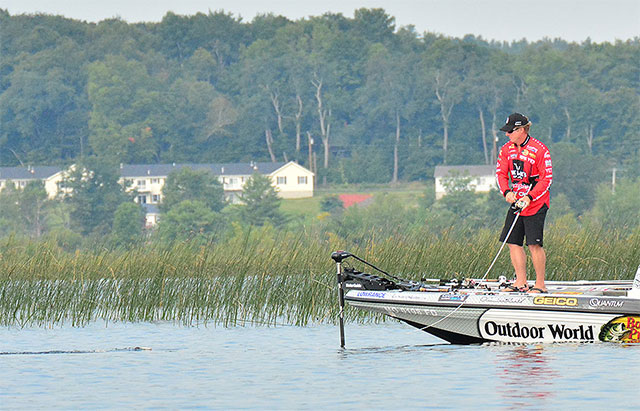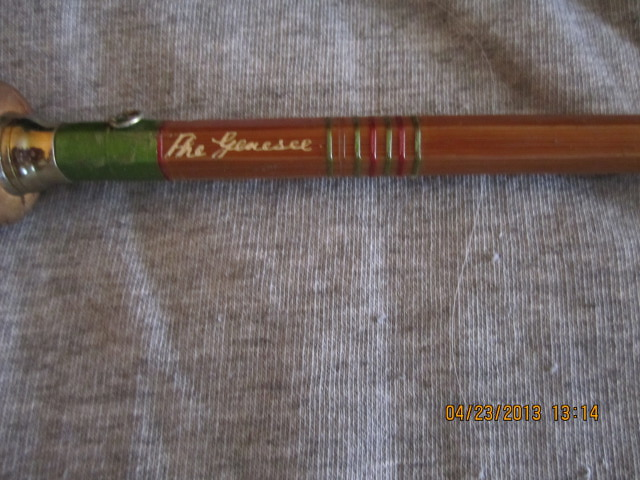inning rotation
Question
I coach a 9&10 year baseball team, our rules state every player has to sit on the bench one inning. What is the best way to rotate the players so that I have the best combination of strong vs. weaker players on the field. Additionally, has far has skill level, how would you set up your batting lineup so the weaker hitters arent all bunched up at the end of the lineup and i have strong hitters spread out?
Answer
Wayne: Thank you for your question.
I have never been in that particular situation before, so I have no background to draw on, only philosophy.
I believe that your rotation will best be created from your coaching philosophy, for the age group and skill level you are working with. That philosophy will be the determining factor for what the priorities will be for you and your group of players.
Such things as:
1. Do you want to provide equal or close to equal game time for each player?
2. Is winning a priority?
3. Would you like to provide each player an opportunity to learn to play more than one position?
It sounds like this is possibly a Coach Pitch situation, whereby you don't need to worry about pitch counts or innings pitched, in the context of your inning rotation.
The rule as stated looks like it has it's origins in attempting to make sure that every player gets into every game. While on the surface it seems beneficial, a player that does not hit well can be substituted whereby they are on defense a half inning; but that lineup spot may not come up to bat until after the inning is over. Used in that context, it could be truly unfair to players whose skill level has yet to develop.
Since I am not familiar with this particular league's rules, that may not be the case.
Philosophically, with this age group, I lean towards getting everyone on the team a proportionate amount of game time, in the interest of player development and retention, along with making that time diversified, whereby they are playing and experiencing numerous positions. That would be the driving force for how I created my rotation.
Players at 9 and 10 years old have a lot of baseball ahead of them. At every level they will play at, the more versatility and experience they have, the better opportunity there is to find a place to play.
We have a current major league player living close by our school, who comes out and works out prior to going to spring training. He has 4-5 years of MLB experience, from a starter to a utility infielder.
This year he signed with a new team. Over the off season he worked on becoming proficient enough at catching to possibly be a team's emergency catcher, one more reason for them to keep him. He already can play all 4 infield positions and both corner outfield positions.
If we can provide kids an opportunity to develop additional skills, it can only help them.
We get freshman into our program that are unable to mentally handle making a position change, because they have always been a "shortstop".
I would be interested in getting additional details on your league structure. You can contact me at www.theoleballgame.com. With additional information as to how the structure works, I could better develop a rotation to work with.
Look forward to hearing from you!
Yours in baseball,
Rick
baseball bats
Catchers Arm


